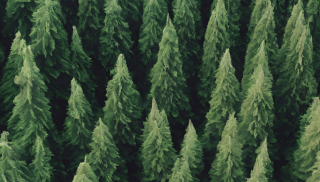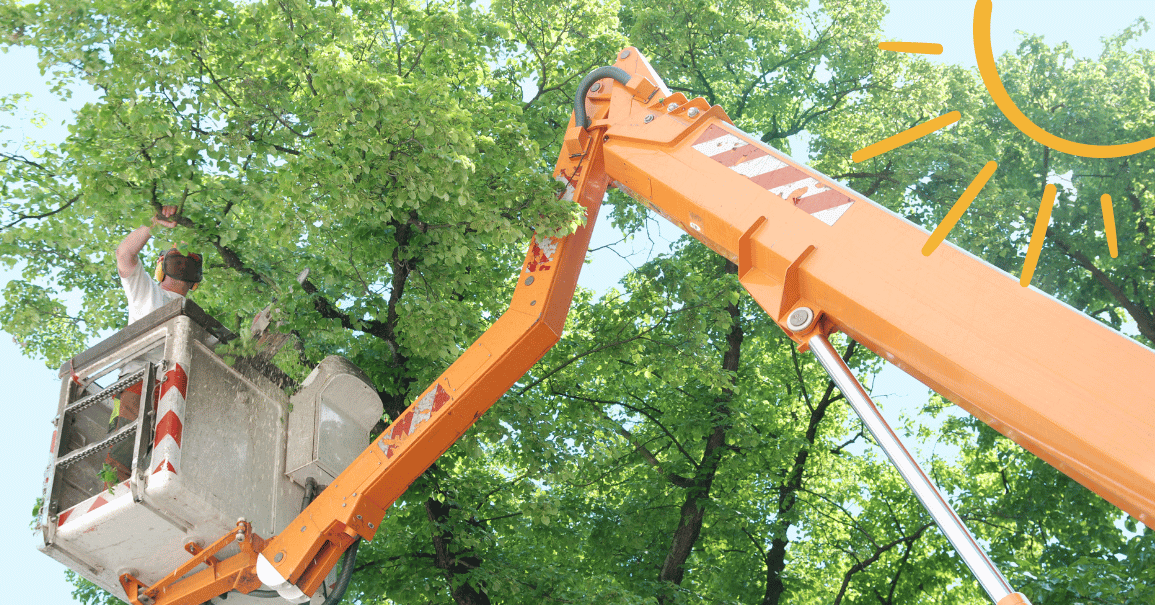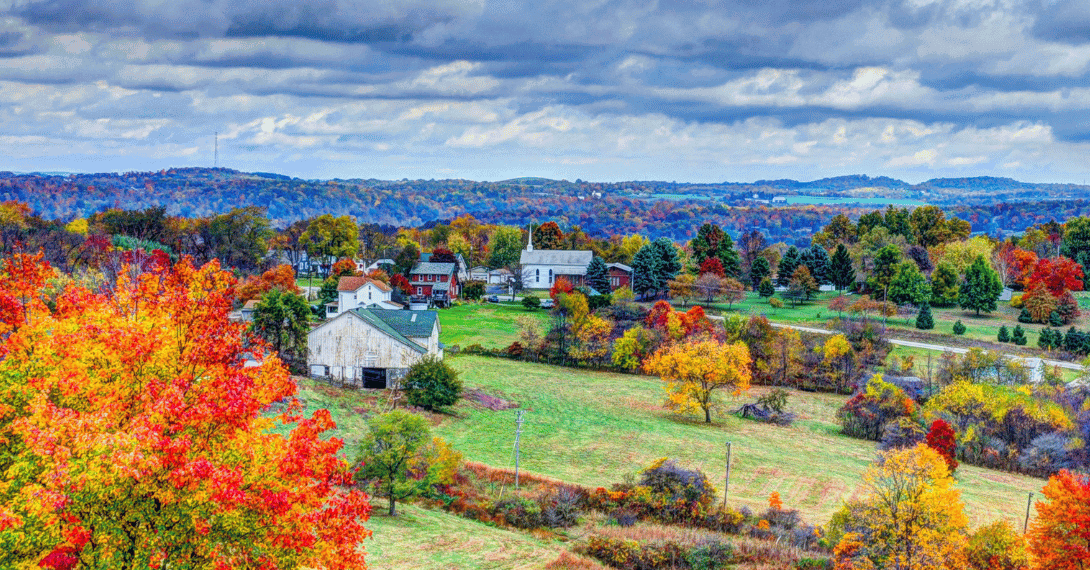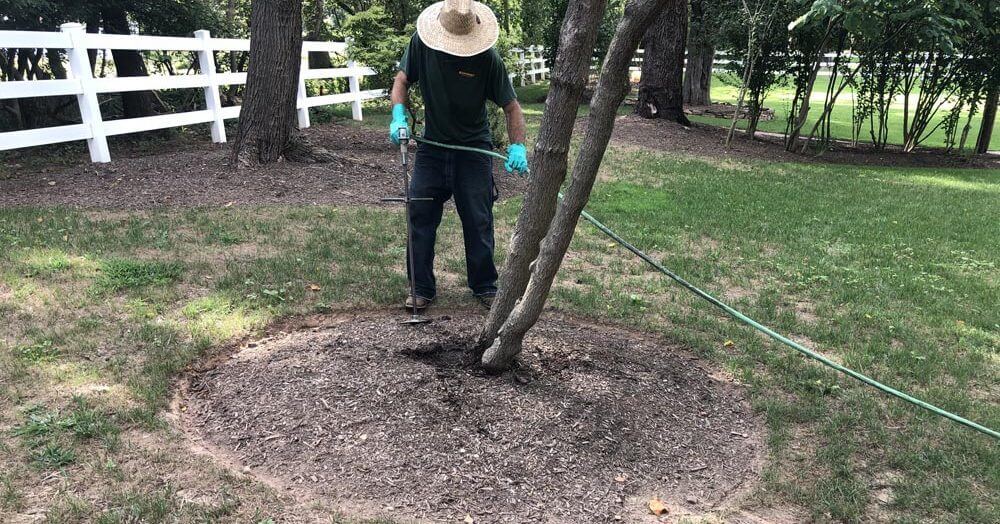When the seasons change, and deciduous trees shed their leaves, the landscape transforms into a vibrant tapestry of reds, yellows, and oranges. However, not all trees follow this annual ritual. Evergreen trees, a fascinating flora category, retain lush foliage throughout the year. This unique characteristic allows them to engage in continuous photosynthesis, an essential process for their survival. In this article, we'll explore the enchanting world of trees that don't lose their leaves, highlighting some noteworthy examples.
14 Different Types Of Evergreen Trees
Magnolia Trees (Magnolia spp.)
Magnolia trees, renowned for their elegant, fragrant blossoms, are a stunning addition to any landscape. These evergreen wonders boast glossy, leathery leaves that persist year-round, providing a verdant backdrop even in the depths of winter. Their large, showy flowers further contribute to their allure, making them a favorite among garden enthusiasts.
Olive Trees (Olea europaea)
Embodying the spirit of the Mediterranean, olive trees are not only revered for their symbolic significance but also their evergreen foliage. The silver-green leaves of the olive tree create a timeless appeal, making it a popular choice for landscaping. In addition to their aesthetic value, these trees bear the iconic fruits that give us the precious olive oil, highlighting their practical importance.
Laurel Trees (Laurus spp.)
With their dark, glossy leaves, Laurel trees add a touch of sophistication to gardens and parks. The laurel's evergreen nature makes it a consistent presence, providing year-round beauty. Historically, laurel leaves were associated with victory and honor, making these trees visually appealing and laden with symbolism.
Holly Trees (Ilex spp.)
Known for their festive associations, holly trees are a staple during the holiday season. Holly trees stand out in winter landscapes with their spiky, deep green leaves and vibrant red berries. Beyond their decorative appeal, holly trees are valued for providing shelter and food for various wildlife species.
Cork Oak Trees (Quercus suber)
The cork oak tree boasts a distinctive bark, making it economically significant. While the outer layer of the bark is harvested for cork production, the tree remains evergreen. This dual-purpose tree contributes to the cork industry and adds a unique visual element to the environment.
Bamboo (Bambusoideae)
Bamboo, a versatile and fast-growing plant, is a unique member of the evergreen family. Bamboo creates a serene and exotic ambiance with its slender, tall stems and vibrant green leaves. Its rapid growth and eco-friendly qualities make bamboo a sustainable choice for various applications, from landscaping to construction.
Palm Trees (Arecaceae)
Palm trees evoke images of tropical paradises, and their evergreen fronds play a significant role in maintaining this picturesque scenery. These iconic trees come in various species, each with its distinct characteristics. From the coconut palm to the date palm, their evergreen nature contributes to the allure of tropical landscapes.
Banana Trees (Musa spp.)
Banana trees, with their large, fan-like leaves, are a fascinating addition to the evergreen lineup. While known for its fruit production, the banana tree's persistent greenery adds a lush, tropical garden vibe. These trees thrive in warm climates, contributing to the diversity of evergreen options available to landscapers.
Cedar Trees (Cedrus spp.)
Cedar trees, with their aromatic wood and evergreen needles, are visually appealing and hold cultural and historical significance. These majestic trees are often associated with resilience and longevity. The unique scent of cedar adds to their charm, making them a sought-after choice for both ornamental and practical purposes.
Cypress Trees (Cupressaceae)
Cypress trees, with their slender, conical shapes, are another notable addition to evergreens. Their delicate, feathery foliage maintains a vibrant green hue throughout the year, contributing to their timeless appeal. Cypress trees are often planted for their ornamental value and ability to adapt to various soil conditions.
Pine Trees (Pinus spp.)
Pine trees are the quintessential evergreens, known for their slender needles and distinctive cones. With a wide variety of species, pine trees are adaptable to different climates and soil types. The iconic aroma of pine adds an olfactory dimension to their visual charm, making them a favorite for landscaping and the forestry industry.
Fir Trees (Abies spp.)
Fir trees, with their symmetrical branches and soft needles, are popular choices for Christmas trees. Their evergreen nature and classic conical shape make them a festive symbol during the holiday season. Beyond their decorative use, fir trees contribute to forest ecosystems and are valued for timber.
Southern Live Oak (Quercus virginiana)
Native to the southeastern United States, the Southern Live Oak is an impressive evergreen tree known for its sprawling branches and dense canopy. These majestic oaks are crucial in providing habitat for various wildlife species and are often featured in historic landscapes.
American Holly (Ilex opaca)
American Holly is a classic evergreen that adds color to winter landscapes with its spiky leaves and bright red berries. Beyond its ornamental value, American Holly has cultural significance and is used in holiday decorations. The dense foliage of holly trees also provides bird shelter during the colder months.
Conclusion
From the graceful magnolia to the resilient cedar, these trees defy the conventional cycle of leaf shedding and contribute to the beauty and ecological balance of our surroundings. As leaders in tree care, Strobert Tree Services recognizes the importance of understanding and preserving these remarkable specimens. For expert tree care services in Delaware, Pennsylvania, Maryland, and New Jersey, contact Strobert Tree Services. Embrace the enduring allure of evergreen trees and let their perpetual greenery inspire your landscape.











